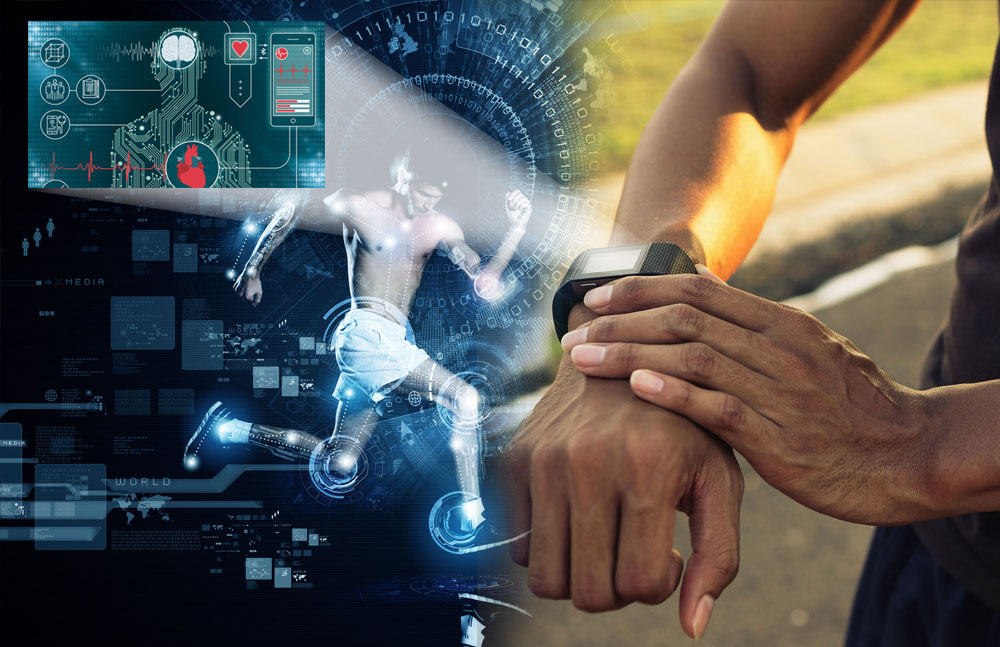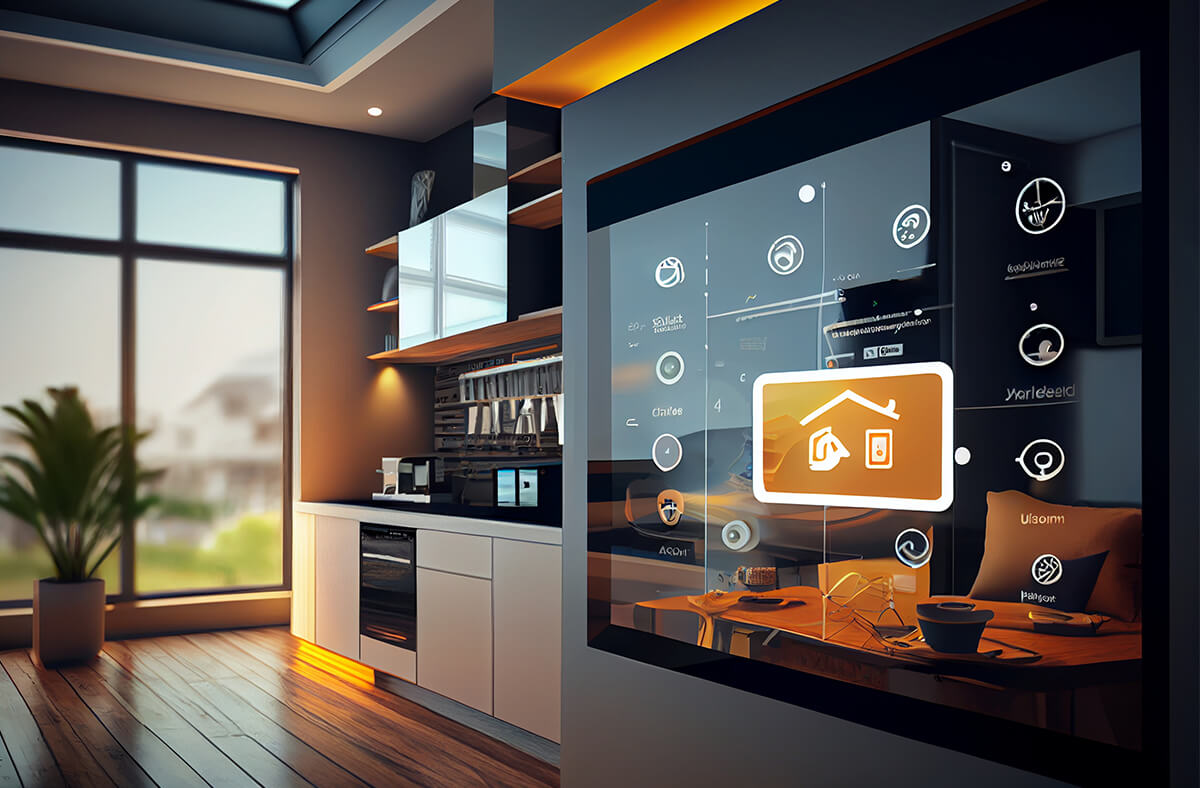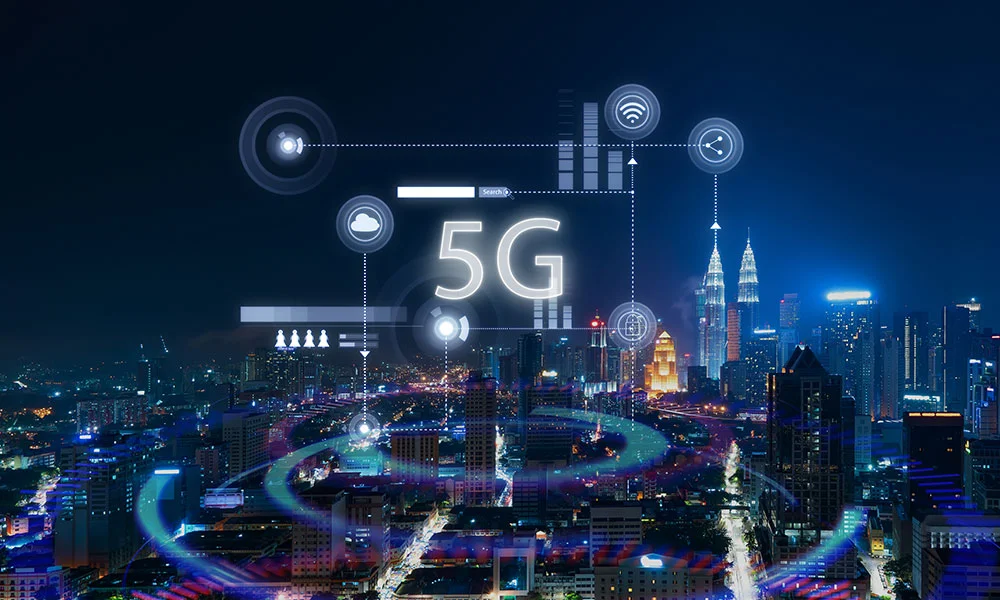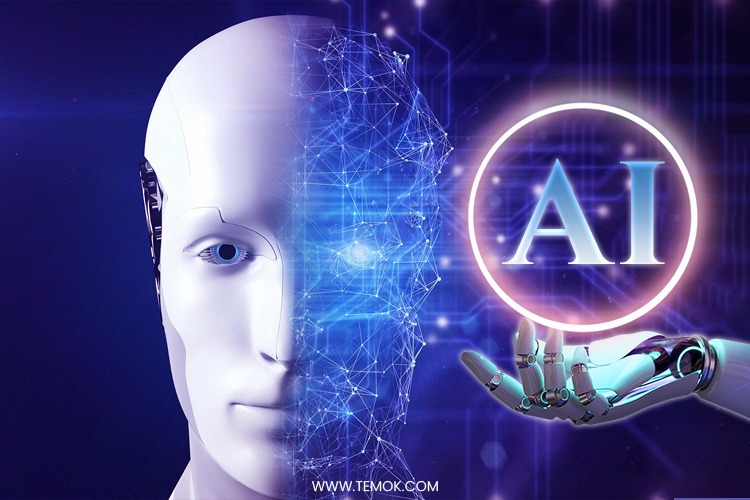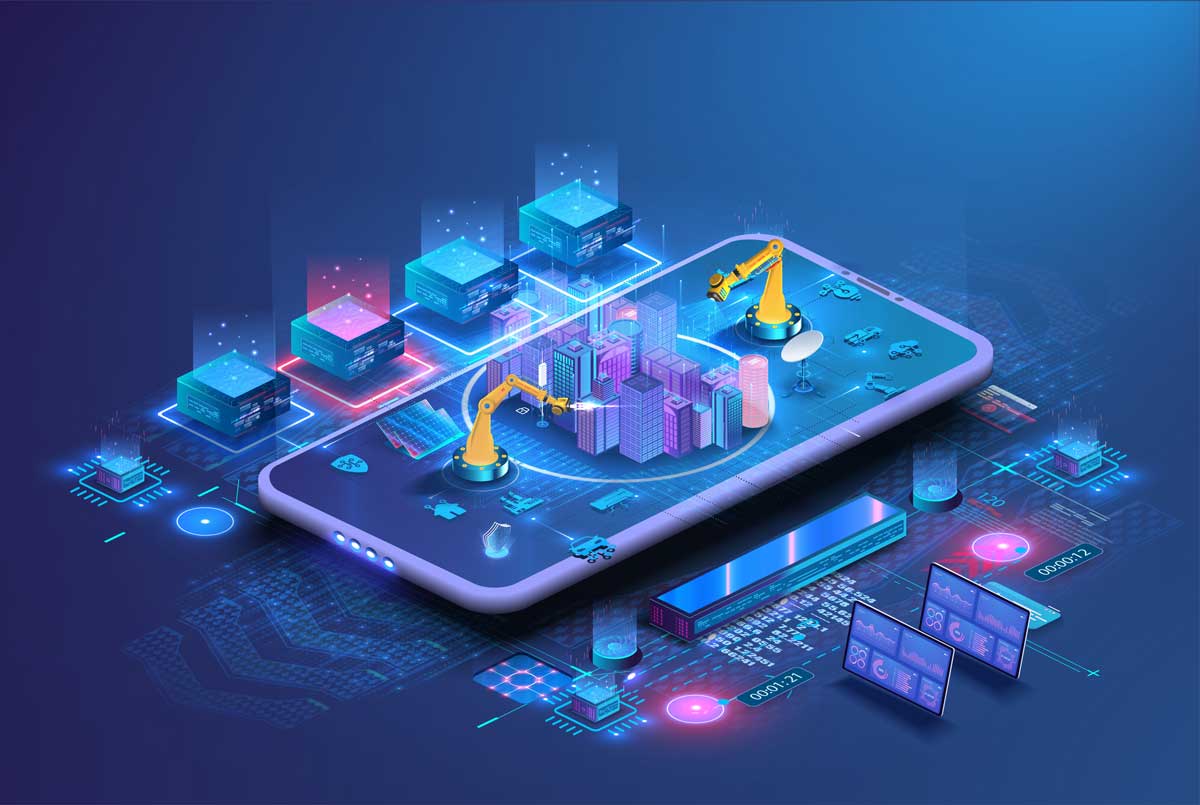
Introduction to Digital Twins
Imagine a world where virtual models mirror the physical realm, enabling us to monitor and optimize real-world processes with unparalleled precision. Welcome to the fascinating universe of digital twins—a cutting-edge technology that bridges the gap between our tangible surroundings and their digital counterparts.
These dynamic models offer businesses insights into system performance, predictive maintenance, and enhanced decision-making capabilities.
As industries increasingly rely on data-driven strategies, understanding digital twins becomes essential for harnessing their full potential. From manufacturing to healthcare, these innovative models are transforming how we interact with our environments.
Join us as we explore this revolutionary concept and uncover its history, applications, benefits, challenges, and future possibilities in shaping our world.
History and Evolution of Digital Twins
The concept of digital twins dates back to the early 2000s. It was originally rooted in product lifecycle management and engineering simulations. At that time, companies began using virtual models to mirror physical products.
As technology evolved, so did the applications of these models. The introduction of advanced sensors and IoT devices paved the way for real-time data integration. This allowed digital twins to become dynamic representations rather than static ones.
By the 2010s, industries such as aerospace and manufacturing adopted digital twins extensively. They offered insights into performance metrics and predictive maintenance strategies.
Today, organizations across various sectors leverage sophisticated algorithms and machine learning techniques within their digital twin frameworks. These advancements continue to redefine how we understand interactions between physical systems and their virtual counterparts. As a result, they are integral to optimizing processes in an increasingly complex world.

How Do Digital Twins Work?
Digital twins function by creating a virtual representation of a physical system. This model continuously updates with real-time data from sensors and IoT devices embedded within the physical counterpart.
As the physical system operates, the digital twin receives information about its performance and condition. It uses advanced algorithms to analyze this data, identifying patterns and potential issues before they become critical.
Simulation plays a key role in how these models work. Users can run scenarios or tests on the digital twin without affecting actual operations. This allows for safe experimentation, leading to optimized processes.
Interconnectivity is vital; digital twins communicate with other systems, enabling comprehensive monitoring across various platforms. This connectivity ensures that every decision made based on insights drawn from the models is informed and precise, enhancing operational efficiency dramatically.

Applications of Digital Twins in Different Industries
Digital twins are revolutionizing various industries by creating virtual models of physical systems. In manufacturing, they enhance production efficiency. By mirroring machinery and processes, engineers can predict failures before they occur.
In healthcare, digital twins simulate patient outcomes based on individual medical histories. This allows for personalized treatment plans that improve recovery rates.
The automotive sector also benefits significantly from this technology. Automakers use digital twins to design vehicles, test performance in real-time environments, and streamline supply chain operations.
Energy companies implement these models to optimize power generation and distribution networks. They analyze data trends to reduce downtime and increase efficiency across their systems.
Additionally, smart cities leverage digital twins for urban planning initiatives. These simulations help manage traffic flows and assess environmental impacts effectively while enhancing residents’ quality of life through informed decision-making.

Benefits of Using Digital Twins
Digital twins offer remarkable benefits across various sectors. They enable real-time monitoring of physical systems, allowing businesses to respond quickly to changes and optimize operations.
These virtual models create a dynamic environment for testing scenarios without the risk associated with real-world experimentation. This leads to improved decision-making based on accurate data analytics.
Cost efficiency is another significant advantage. By predicting failures or inefficiencies, companies can reduce downtime and maintenance costs.
Furthermore, digital twins enhance collaboration among teams by providing a shared platform for insights and visualizations, fostering innovation in product development.
They support sustainability efforts by optimizing resource usage and reducing waste throughout processes. This commitment not only boosts productivity but also contributes positively to environmental goals.

Challenges and Limitations of Digital Twins
Digital twins face several challenges that can hinder their effectiveness. One major limitation is data integration. Merging information from various sources often proves difficult, especially with legacy systems in place.
Another challenge is the requirement for continuous updates. Physical systems change over time, and keeping digital models aligned can be resource-intensive. Failure to maintain accuracy might lead to poor decision-making.
Security also poses a significant risk. Digital twins store sensitive data, making them attractive targets for cyberattacks. Ensuring robust security protocols is essential but can complicate implementation.
There’s a skill gap in many organizations. The technical expertise needed to develop and utilize digital twin technology isn’t universally available, which limits adoption potential across industries. Addressing these challenges will be crucial for maximizing the benefits of this innovative technology.

Future Possibilities and Impact of Digital Twins
The future of digital twins is brimming with potential. As technology advances, these virtual models will become even more sophisticated and integral to various sectors.
Imagine real-time simulations that adapt instantly to changes in the physical world. This capability could revolutionize industries like healthcare, where patient-specific models might guide personalized treatment plans.
Cities could harness digital twins for smarter urban planning. By simulating traffic flows or energy consumption, city planners can optimize resources and enhance residents’ quality of life.
Moreover, as artificial intelligence continues to merge with digital twin technology, predictive analytics will take on a new dimension. Industries may soon anticipate failures before they occur, minimizing downtime and maximizing efficiency.
Sustainability efforts can also benefit immensely from this innovation. With accurate modeling of environmental impacts, businesses can make informed decisions that align economic growth with ecological preservation.

Conclusion
Digital twins are reshaping the landscape of various industries. These innovative models bridge the gap between the physical and digital worlds, creating opportunities for enhanced efficiency and insight.
Businesses that leverage these virtual representations gain a competitive edge. They can anticipate maintenance needs, optimize operations, and drive innovation in ways previously unimaginable.
As technology continues to evolve, so will the capabilities of digital twins. The integration with emerging technologies like AI and IoT will unlock even more potential.
The journey has just begun. Exploring this field promises exciting developments that could transform how we interact with our environments. Embracing digital twins may well be key to thriving in an increasingly complex world.
Introduction to Digital Twins
Digital twins represent a groundbreaking concept in the realm of technology. These virtual models mirror physical systems, allowing for real-time monitoring and analysis. As industries strive for efficiency, digital twins are becoming essential tools.
Imagine having a replica of machinery or an entire factory at your fingertips. With this model, you can simulate various scenarios without ever touching the actual equipment. This capability opens doors to innovation and optimization that were previously unimaginable.
The rise of the Internet of Things (IoT) has further fueled interest in digital twins. As devices collect data continuously, these virtual counterparts become increasingly accurate reflections of their real-world counterparts.
Businesses can anticipate issues before they arise by leveraging insights derived from these models. The potential applications span multiple sectors, making digital twins a versatile technology poised to reshape how we interact with our environments.

How do Digital Twins Work?
Digital twins operate by creating a virtual replica of a physical system. This involves collecting data from sensors and IoT devices embedded in the actual asset.
These real-time inputs feed into sophisticated algorithms, allowing the digital model to simulate behaviors and predict outcomes accurately. The twin learns continuously as it receives updates, mirroring changes in its physical counterpart.
Advanced analytics play a crucial role here, enabling predictive maintenance and optimized performance strategies. By analyzing patterns within the data, organizations can make informed decisions that enhance efficiency.
Visualization tools also contribute significantly to effectiveness. They present complex data in an easily digestible format, making insights accessible to stakeholders at all levels.
This dynamic interaction between the digital and physical realms forms the essence of how digital twins function effectively across various industries today.

Benefits of Using Digital Twins
Digital twins offer a transformative approach to optimizing real-world processes. By creating virtual models of physical systems, organizations can monitor performance in real-time.
This capability leads to improved decision-making as teams gain insights into operational efficiency and potential issues before they escalate.
Cost savings are another significant advantage. Predictive maintenance through digital twins reduces unplanned downtime, saving resources and money over time.
Additionally, these models foster innovation. Businesses can experiment with changes in the digital realm without risking physical assets.
Collaboration also sees enhancement since stakeholders can visualize data together. This shared understanding aids in aligning strategies effectively across departments.
The adaptability of digital twins allows for continuous improvement within various industries while ensuring businesses remain competitive and responsive to change.

Real-World Applications of Digital Twins
Digital twins are transforming industries by providing precise virtual models of physical systems. In manufacturing, they enable predictive maintenance, allowing companies to anticipate equipment failures before they occur.
Healthcare is another sector benefiting from this technology. Hospitals create digital representations of medical devices, improving patient monitoring and operational efficiency. Surgeons can simulate procedures on digital twins of patients, enhancing accuracy during operations.
Smart cities utilize digital twins for urban planning. These models help optimize traffic flow and energy consumption while predicting the impact of new developments on existing infrastructure.
In agriculture, farmers use digital twins to monitor crop health in real-time. They analyze data from sensors embedded in fields to make informed decisions about irrigation and fertilization.
The aerospace industry employs these models for aircraft design and testing. Engineers can assess performance under various conditions without physically altering prototypes.

Challenges and Limitations of Digital Twins
Digital twins offer remarkable potential, but they come with their share of challenges. One major hurdle is data integration. Creating a precise digital model requires seamless access to real-time data from various sources. This can be complex and time-consuming.
Moreover, the reliance on advanced technology raises concerns about cybersecurity. As digital twins gather sensitive information, they become attractive targets for cyberattacks that could compromise physical systems.
Another limitation lies in scalability. While small-scale applications may work seamlessly, extending these models to larger environments often leads to performance issues or inaccuracies.
Cost is also a significant factor. Implementing digital twin technology involves investments in software, hardware, and skilled personnel. For many organizations, this upfront expense can be daunting.
There’s the issue of standardization across industries and platforms. Without universal standards for creating and managing digital twins, interoperability remains a challenge that hinders widespread adoption.

The Future of Digital Twins
The future of Digital Twins is poised for remarkable transformation. As technology advances, we can expect these virtual models to become even more sophisticated and integrated into our daily lives.
Artificial Intelligence will play a pivotal role in enhancing their capabilities. Real-time data processing will allow Digital Twins to make predictive analyses with unprecedented accuracy.
Industries like healthcare could see personalized treatment plans derived from detailed simulations of individual patients. Manufacturing processes may achieve new levels of efficiency through continuous optimization based on real-world performance metrics.
Moreover, smart cities might leverage Digital Twins for urban planning and sustainability initiatives. By simulating traffic patterns or resource consumption, city planners can create more livable environments.
Collaboration between different sectors is also likely to increase, leading to innovative solutions that transcend traditional industry boundaries. The horizon looks promising as Digital Twin technology evolves and expands its reach across various fields.

Conclusion
Digital twins are transforming how we interact with and understand our physical systems. By creating virtual models that mirror the real world, organizations can monitor performance in real-time and optimize processes more effectively than ever before. The evolution of this technology has paved the way for innovative applications across various industries, from manufacturing to healthcare.
The benefits of using digital twins extend far beyond efficiency gains; they empower businesses to make data-driven decisions, anticipate issues before they arise, and enhance overall sustainability efforts. However, as promising as these digital models may be, there are challenges that need addressing—such as data security concerns and integration complexities.
Looking ahead, the potential impact of digital twins is immense. As technology continues to evolve, so too will the capabilities of these virtual models. They hold promise not only for improving operational effectiveness but also for fostering a deeper understanding of complex systems. With ongoing advancements in artificial intelligence and machine learning integrated into digital twin frameworks, we may soon see even greater levels of insight achieved.
Navigating through both opportunities and challenges will shape how industries utilize this transformative approach moving forward. Embracing digital twins could very well define the next frontier in optimizing real-world processes on an unprecedented scale.


